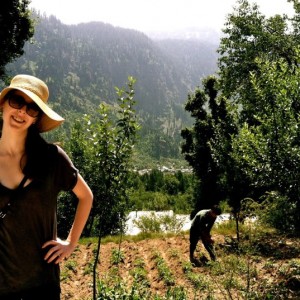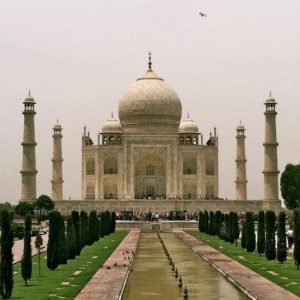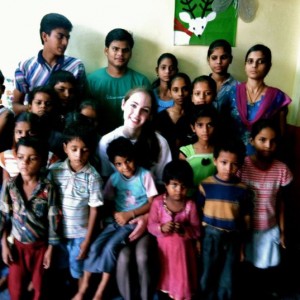A photo album from our volunteer programs in Arusha, Tanzania:
Author: Cosmic Volunteers
2013 High School Service Learning Trip to Ghana
We have the dates for our High School Service Learning Trip to Ghana next summer!
The dates: June 30 – July 13, 2013.
You will be involved with three main activities — volunteering at an orphanage; lectures on African culture; and field trips to cultural sites.
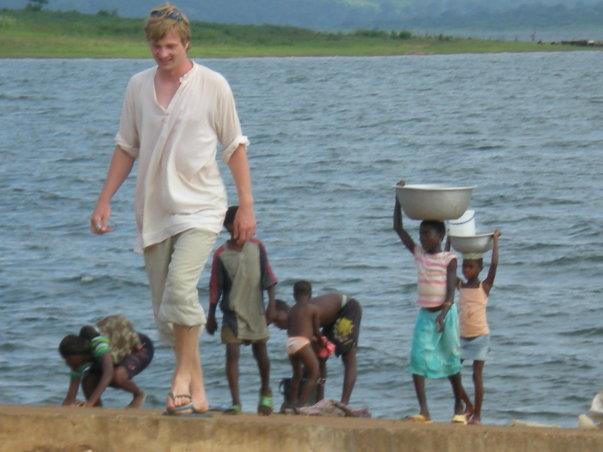
An Aussie in Philly
One of our volunteers visited Philadelphia last week to say hi after his recent trip to Kenya.
Ben McCaskill, a nurse from Australia, volunteered at two medical clinics in Kenya for four months earlier this year. He’s been in the US for a tour before heading back home to Australia, and he took me up on my offer to visit Philadelphia!
Here are some photos from his trip to Philadelphia (and Kenya too):
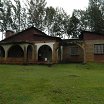
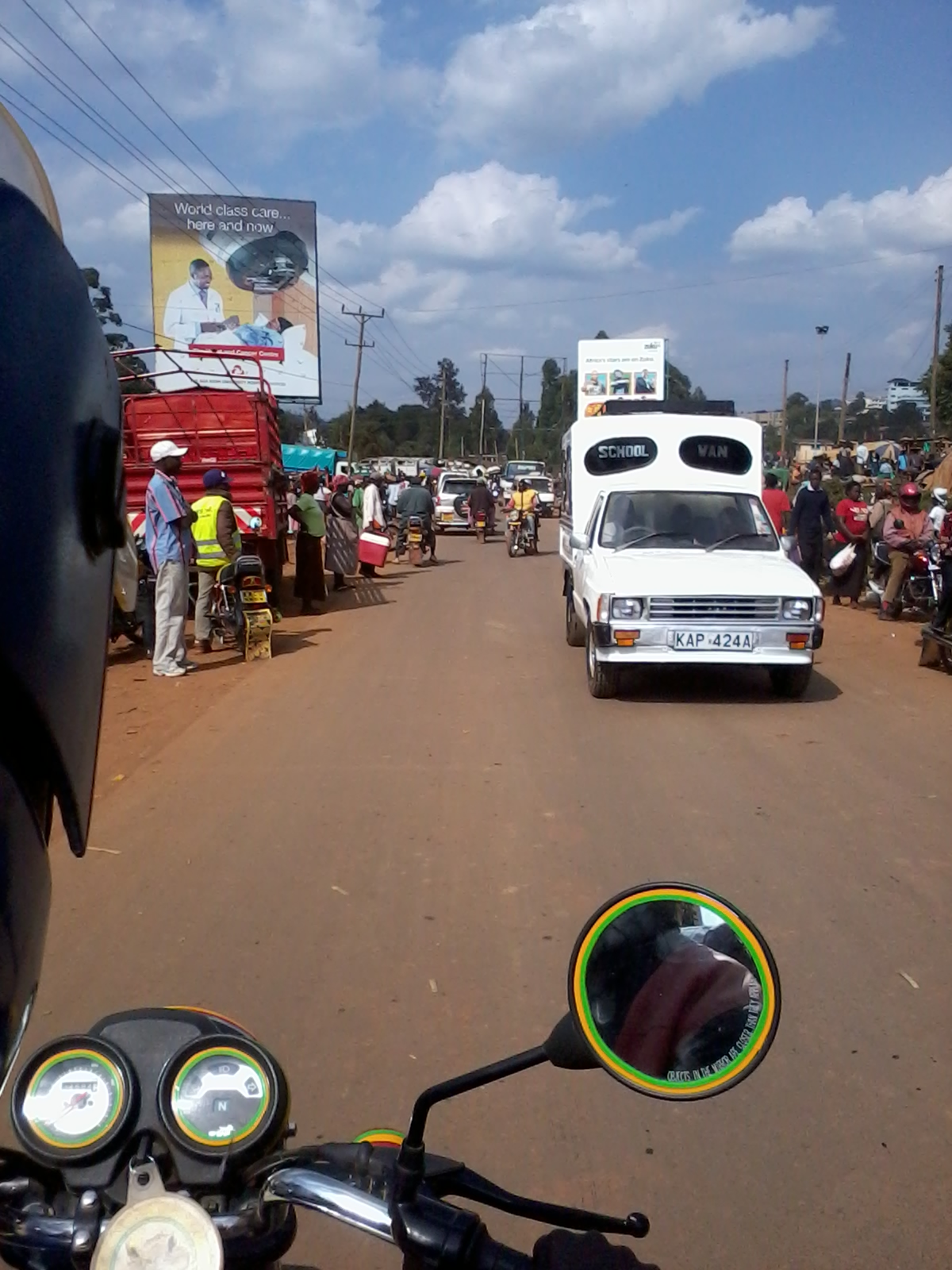

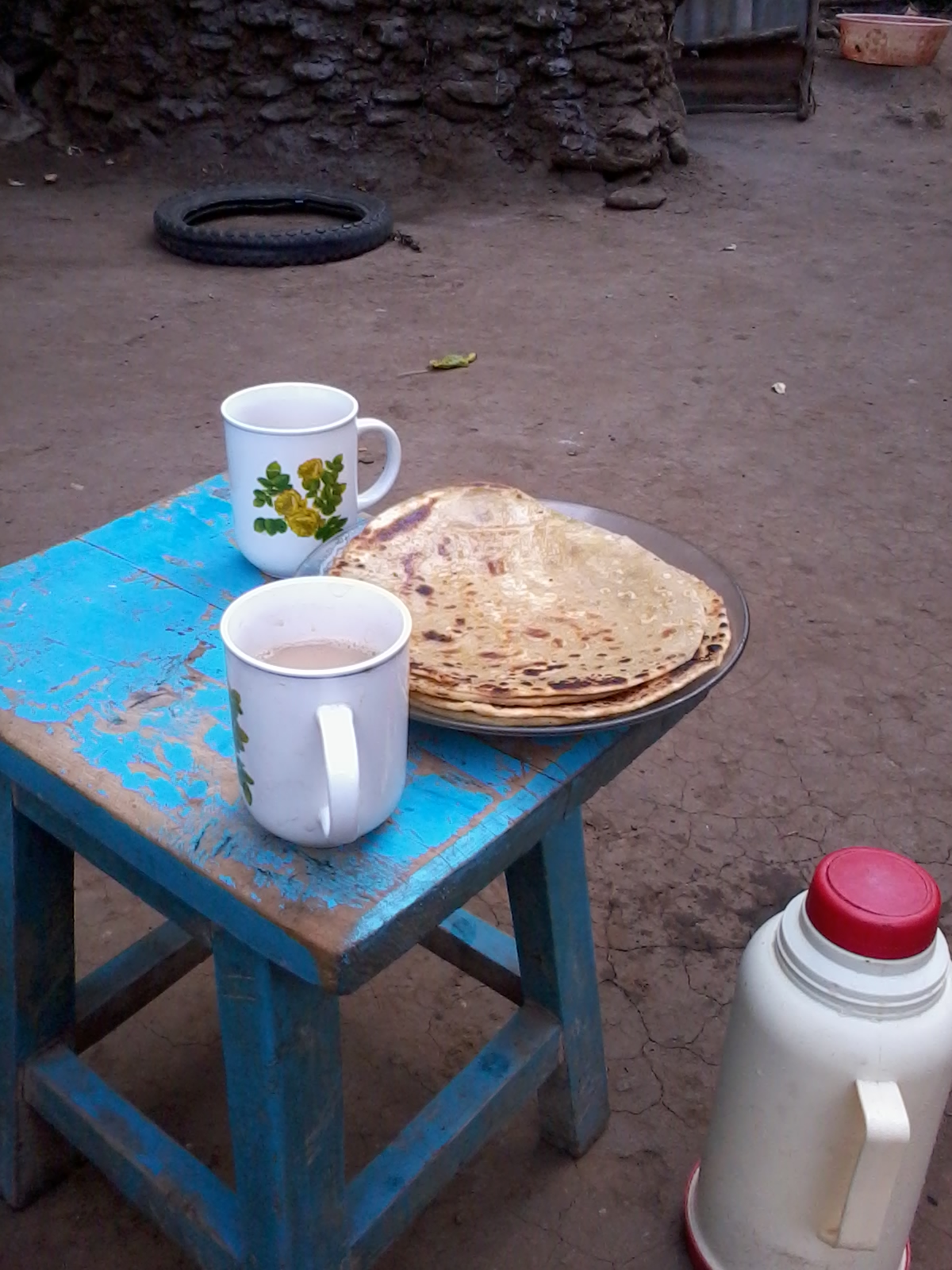

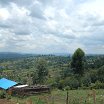
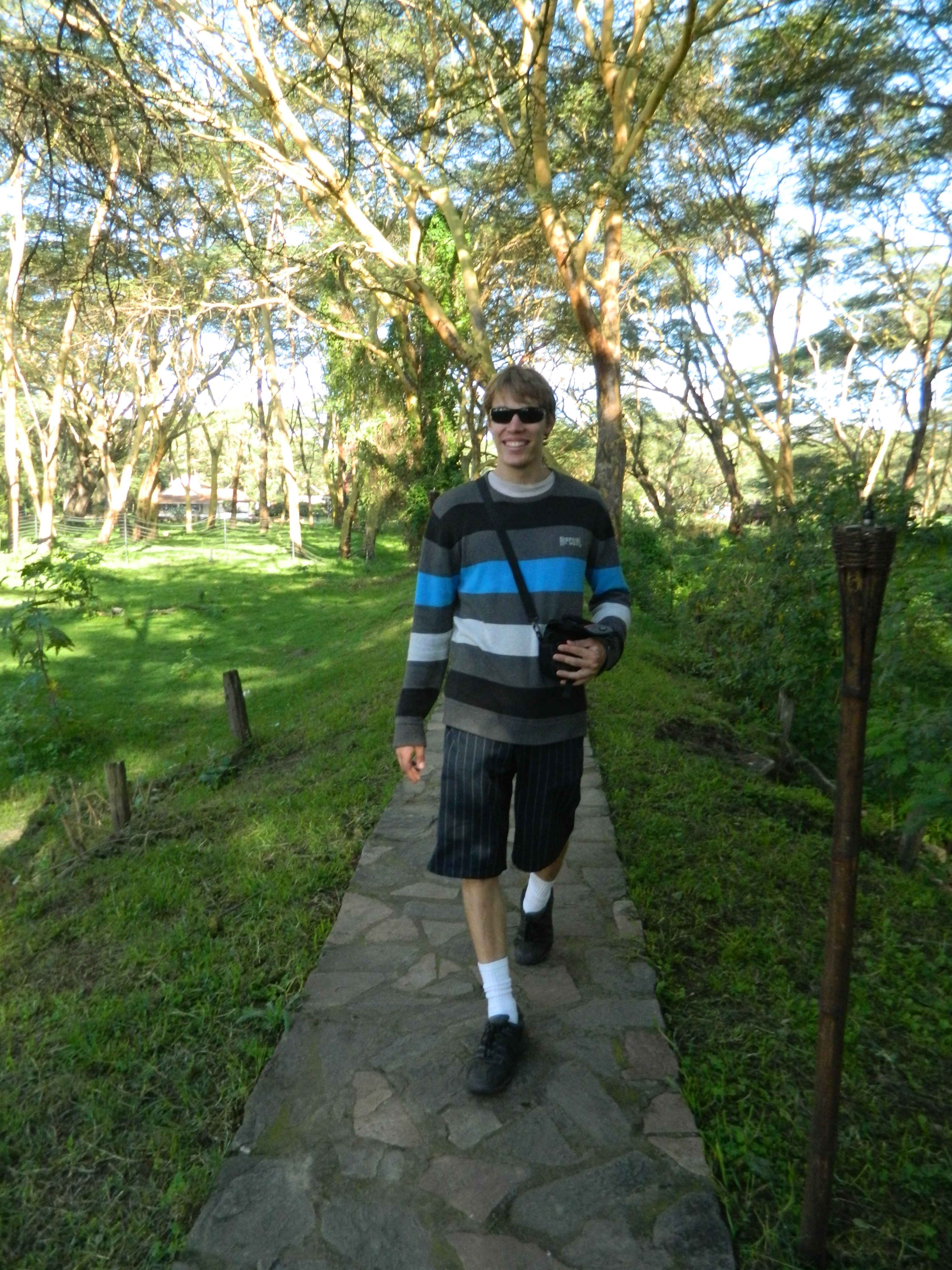





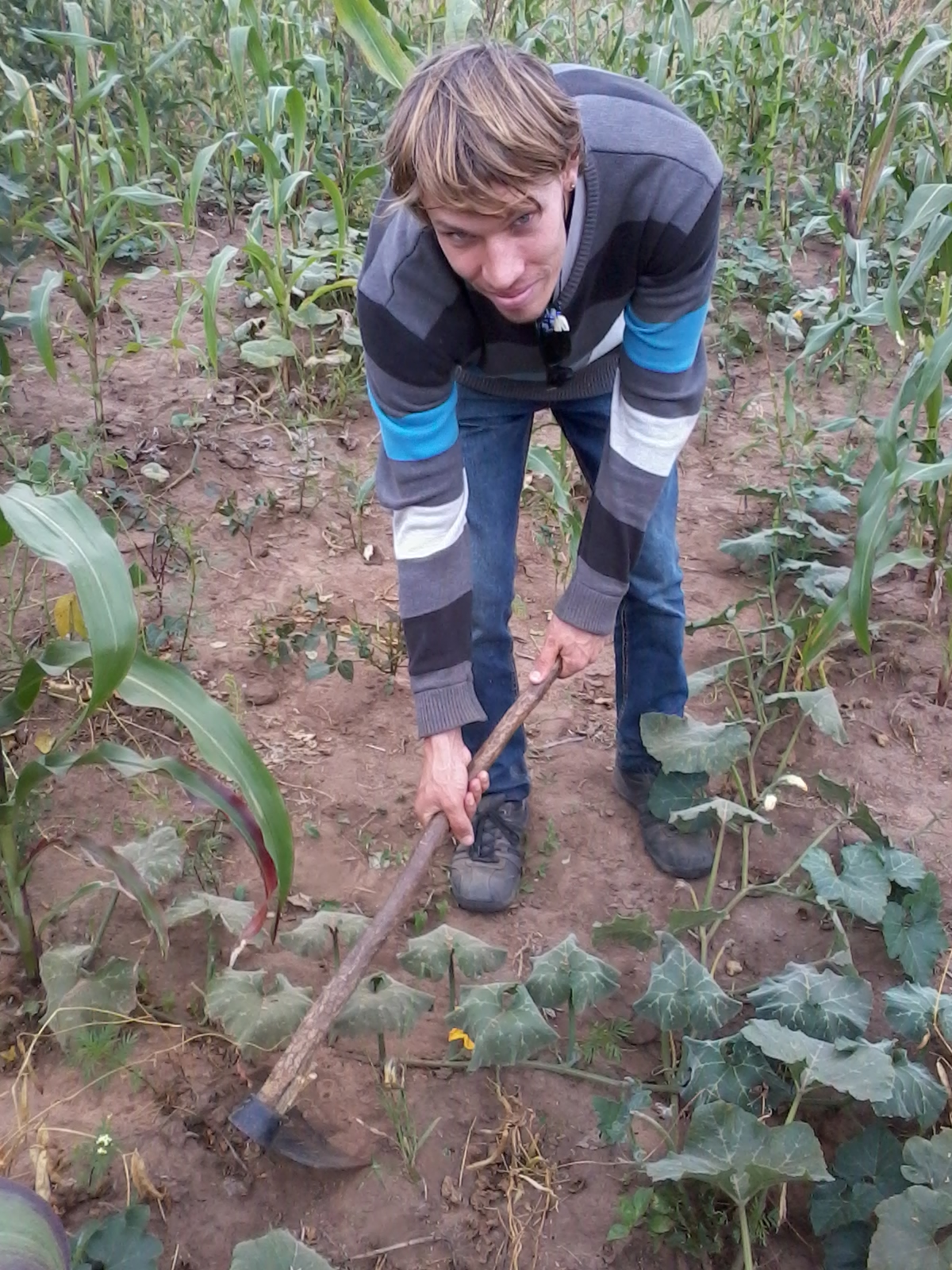

Ellie Writes About Trip to India
[This article originally appeared on the Jhpiego Facebook page on July 12, 2012.]
A Trip to Remember — GirlSpot Author Volunteers in India
[GirlSpot author and Jhpiego high school intern Ellie Dominguez recently spent time in New Delhi, India doing volunteer work. Ellie shares her international adventures from working with children and visiting villages, to meeting pen pals Tanya and Rushali.]
Greetings! Ellie here, having just returned from a 3 week adventure in India where I explored cities, taught English, and even met Tanya and Rushali, from our previous Girlspot post! It was incredible to learn about and experience such a different culture. Everything from the language and architecture to the food and dress was exotic and beautiful. Everywhere I went I learned new and exciting things about this country of over 1.2 billion people. One moment I would find myself on a bustling metropolitan street, the next, a rural and humble village. It was in the latter that I would realize just how needed Jhpiego’s services are.
As advanced as India is, there are still areas that have little access to healthcare, and with such a large population, it is easy for a person to become just a number. Though I saw few young mothers, when I spoke to Tanya and Rushali, they told me that in certain areas many young girls are married off at 14 and expected to cook, clean and bear children, without a chance to get a good education. It was common for many women of poorer families to work as housemaids for wealthier families; this meant that either the kids were home alone, at school, or went to work with their mother. In the day care where I worked during my time in India, parents who were construction workers and housemaids were relieved to have a safe and happy place for the children to go to during the day.
Tanya and Rushali received a health education similar to mine. Going to an all-girls school and college has made Tanya aware of and passionate about women’s issues, and she has expressed an interest in Jhpiego’s work. Rushali too is aware and concerned, and says her school has made efforts to end human trafficking. They say that seeing these poorer circumstances around them make them appreciate their education and opportunities even more, and they are proud of Jhpiego’s work in saving the lives of women and babies in an effort to keep families strong and thriving.
It was surreal, meeting them and seeing Jhpiego’s headquarters in India. Everyone was incredibly kind, and the experience has left me with a yearning to return. It was great to see Jhpiego’s work firsthand on the other side of the world. A truly memorable trip indeed.
Until next time! Ellie
[Read more on Garrison Forest School website]
Do It Yourself Volunteering Abroad Program
Our newest option for affordable volunteer programs abroad is our Do It Yourself Volunteering Abroad Program, which starts at $99 USD.
How does it work?
Volunteers pay Cosmic Volunteers a $99 fee, which covers 3 things:
- Our standard pre-trip preparation
- Volunteering Handbook
- Contact info of our In-Country Coordinator
Volunteers then deal directly with our local in-country Coordinator. In addition to the $99 paid to Cosmic Volunteers, volunteers would also pay the Coordinator an additional fee to arrange the placement, ranging from $200-$300 (this includes a mandatory donation to the volunteer location such as an orphanage).
Our goal with the Do It Yourself Volunteering Abroad program is to allow goodhearted people to go abroad to help others — without breaking their bank account!
Contact us about this program by:
- Text: 484-504-9551
- Voice: 215-609-4196
- Skype: “cosmicvolunteers”
- Gmail Chat: “cosmicvolunteers”
Thanks!
Scott Burke
Founder & Director
Cosmic Volunteers
White Flint Mall’s Camp & Summer Programs Expo
Cosmic Volunteers will have a table this weekend at the White Flint Mall Camp & Summer Programs Expo in Bethesda, Maryland.
So if you’re in the area, please stop by and say hello to Cosmic’s Director Scott Burke and some of our former volunteers and interns.
What: White Flint Mall Camp & Summer Programs Expo
When: Sat January 28 from 10-5 AND Sun Jan 29 from 12-5pm
Where: White Flint Mall
Address: 11301 Rockville Pike, North Bethesda, Maryland 20895
Bringing a Laptop to Ghana
Should you bring a laptop to Ghana? It depends.
It’s a good idea to bring a laptop to use it as a storage and backup device for your photos, or to keep a trip journal.
However, if you are looking to connect to the Internet with your laptop, you will probably experience mostly frustration.
First, public wireless connections in Ghana are few and far between. On one of my trips to Ghana, I was using my laptop at a hotel in Cape Coast hotel when I picked up a free wireless connection from a local Internet cafe. I considered it a small miracle, but it wasn’t very smart on my part because someone could have easily hacked into my laptop.
The good news is that You can bring a laptop and buy a wireless card from one of the telcom providers in Ghana for approximately $100+ USD. However it is dial-up-speed at-best, with intermittent service much of the time.
Most Internet cafes will not allow you to plug your laptop into their Internet connection. Even if one does, I would recommend against it, again because of security concerns. Although it might sound paranoid, there is a possibility of someone gaining access to your laptop’s data and/or stealing your passwords as you type them.
If you really want to upload photos to the Internet during your trip, perhaps try to copy them from your laptop to a flash drive (bring one from home), then see if the Internet cafe will let you copy them from the flash drive to one of their computers.
Do not keep any sensitive information on your laptop in case of theft, such as your bank account information, passwords, etc.
Ghana is a very dusty place, so bring a plastic cover for your laptop, and pack away the laptop when you’re not using it.
When traveling around Ghana, pack the laptop in a backpack that you keep with you at all times (rather than packing it in a larger suitcase that will be stored in a compartment away from you on a bus). Try not to take it out of the bag when you’re outdoors, so as not to attract attention from any would-be robbers.
For the battery/charger, mine actually got fried on my last trip to Ghana, because I didn’t use a surge protector (I plugged it directly into the outlet). So, when you arrive in Accra, ask our Coordinator to help you buy a surge protector. It costs $5-$10 and is well worth it.
Alternative Spring Break
Our Alternative Spring Break Programs for 2012 are available now at our website.
Our trips in 2012 are available from February 1 to April 30.
See you abroad!
Hoops in Ghana
Glad to see the NBA will start its season soon, after the lockout.
Speaking of basketball, check out our Basketball Coaching Program in Ghana.
Jason Mar Volunteers in Peru
Jason Mar, a high school student from Irvine, California, volunteered at an orphanage in Peru this summer for two weeks with Cosmic Volunteers. Jason wrote several blog posts about the experience:
Peru 2011: Overview
August 30, 2011
Thoughts, Experiences, Comments
“Don’t tell me what a man knows, don’t tell me what he says, tell me where he has traveled.” -Anthony Bourdain
Going to a city like Lima and living with a local family instead of living in a hotel is a much better way to experience the culture and daily life of the people. It was certainly an unique experience that I will always remember.
Coming from Irvine, there is a huge huge difference. The clean, organized streets; the hot water; the speed and availability of Internet. At first, these problems were troublesome as there was not hot water for the shower but a slow stream of tepid water (not nearly warm enough for the temperatures in Lima). It was just 5 minutes of quick showering and shivering every other day.
After a few days, I began to realize all the excess and luxuries that we have in the United States are not necessary to living comfortably, especially after volunteering at the orphanage. I was very comfortable in Peru and hope to go there again to visit Machu Picchu.
I adapted well and had a great time there volunteering at the orphanage and learning about Peruvian culture. I would certainly recommend going to Peru and living with a host family. It is a good way to truly learn about Peruvian tradition, and in fact, any culture.
Things I learned:
How to sweep efficiently
Being a pro veggie cutter/peeler
How to count in Spanish
Some phrases for daily use
Typing faster (limited Internet)
PERUVIAN CULTURE
Appreciation for things I took for granted
Advice for volunteering in Peru in the winter:
Bring heavy clothing. I wore 2 t-shirts and 2 hoodies everyday. I would have brought something thicker but I did not expect it to be that cold.
Bring gloves to work.
Going with Cosmic Volunteers was great. The Director Scott Burke was helpful and concerned throughout my entire trip before and after. Celia my Coordinator in Peru was knowledgeable and taught me many facets of Peruvian culture and history. The host family was accommodating and ensured my safety and comfort while I was in Peru.
-Jason
Peru 2011: Volunteer
August 30, 2011
Orphanage
Arriving on a Tuesday, I set up my schedule to work at the orphanage. I chose to work at the boys’ orphanage from 9:30 to 5:00 on weekdays. There is also a girls’ orphanage if one decides to work there. The orphanages are located in different areas but are about the same distance from the host residence.
There is a lady in charge of both orphanages that welcomes volunteers. On the first day, Celia showed me how to get there and introduced me to the lady in charge at the boys’ house.
When I was there, the kids had already started school so tasks may be different.
Daily tasks include:
1. Sweeping inside and outside the house. This task takes about 1 hour to thoroughly sweep up the dust and trash.
2. Dicing vegetables and peeling potatoes. This takes about 30 minutes depending on the amount of help she needs. Most of the time, someone else comes to help with the cooking.
3. Sweeping/drying the water from the rooftop. Takes about 2 hours. Even though it did not rain in Lima, somehow the roof would be wet everyday. There are no mops so the only way to dry the roof is to suck up the water with a towel and dry it with your hands. GOOD ADVICE: Bring gloves. and shoes that are waterproof.
4. After I was done with that, the kids arrived (about 1:00pm). We set up the dining table and we ate lunch.
5. After lunch, we played with the children and helped them with their homework. Because I did not know any Spanish, helping was considerably harder. However, with a dictionary, translating was made easier and since the homework was not very difficult, helping was easier than expected
Work on the first day was difficult as they did not have any volunteers at the boys’ orphanage for a long time which meant that the place was very dirty. The first day was pretty much a “clean the entire place with soap and water” day. Other than that, everyday afterwards followed the schedule above.
-Jason
Peru 2011: Food
August 29, 2011
Peruvian food seems like a fusion of native tastes, Chinese styles, and European influences. There is almost always rice and maize which is a staple in Peru.
The Chinese influence comes from the Chinese that immigrated during the 1800’s to work in Peru. Many cooks use a wok in Peru which gives the food a distinctive taste. The food is a bit on the heavier side but is very tasty.
Here is Inca Kola. It is the only drink in the world to beat Coca-Cola sales (in Peru). It has a bubblegum like flavor. Very similar to Ramune; but with less fizz.
Here is Bembos. Fast food chain in Peru. It serves some unique tasting burgers. Pretty good however expensive considering meal size.
Pisco Sour. Origin of drink is debated. (Peru and Chile)
Typical Peruvian dish. Rice, potatoes, chicken.
Peru 2011: Transportation
August 29, 2011
There’s many ways to get around in Lima but the most common is by taxi and bus.
As I’ve said before, the traffic and driving in Lima is hectic.
The first thing that caught my attention was the driving. Oh the driving. The roads are dangerous and it seems like every driver competes to get ahead of each other. There’s endless honking and swerving. Luckily, the roads are congested and the cars in Lima rarely reach a high enough speed to cause serious accidents. Don’t get me wrong, I’m not saying that Peruvians are bad drivers. In fact, they have a good sense of space and can squeeze through the tightest spots. It’s just that road rules and right of way for pedestrians seems to be non-existent.
The buses and taxis are both very old and you can see and smell the pollution.
There is only one form of public transportation owned by the city and it takes passengers long distances across the city using the highway. All other forms of transportation such as microbuses and taxis are privately owned. The urban transport system is composed of over 652 transit routes which are served by buses, microbuses, and combis. The system is unorganized and is characterized by the lack of formality. The service is run by 464 private companies which are poorly regulated by the local government.
Micro Buses or Combi Vans are small vans often packed full of people.
There are also medium and large buses, they operate the same as the micro buses but tend to be a little slower and are possibly safer.
On the side of every bus or van you will find written the names of the major avenues it travels along, also the conductors generally lean out the door of the bus yelling the names of its destinations. If this doesn’t make sense, ask the conductor.
Using the buses is a cheap way of transportation as riding it only costs 1 sol. (about $0.37)
Taxis are more expensive and require negotiation for a ride as taxis in Lima do not have a meter. Traveling around the districts of Lince, Miraflores, San Borja, San Isidro, and Barranco is about 5 to 7 soles. ($1.80 to $2.60)
When I was in Lima, I traveled mostly by taxi as it is faster and easier. The buses stop very quickly which gives only a small window of time to get on or get off.
When in a taxi or bus or generally public places, I was warned to lock the door and not show any cash or take pictures/get out my cellphone/show technology (okay in the more upscale districts).
First impressions from the plane:
As the plane descended into Peruvian airspace, there was a layer of thick cloud set against an endless range of mountains. Breaking through the clouds, there were densely packed shantytowns with huts made from crudely constructed brick and mud and a multitude of other materials. The road was not even paved.
Of course, not all of Lima is living in sub-standard conditions but this was the first time I had seen housing like this in real life. Before, I had only seen houses like these in the news or in movies and it was definitely a huge difference seeing it for myself.
I have seen the countrysides of rural China and Taiwan but the culture shock that I got from just looking through the windows of the plane was more significant than what I had previously witnessed.
The neighborhoods around the airport are the most densely-populated districts of Lima. They lie in the northern and southern ends of the city, mostly composed of Andean immigrants who arrived during the mid and late 20th century looking for better living standards and economic opportunities.
Weather
It was pretty cold in Lima (winter in August), colder than I had expected. The weather forecast said around 65 degrees but it felt like low fifties thanks to the humidity.
On the roads of Lima
The first thing that caught my attention was the driving. Oh the driving. The roads are dangerous and it seems like every driver competes to get ahead of each other. There’s endless honking and swerving. Luckily, the roads are congested and the cars in Lima rarely reach a high enough speed to cause serious accidents. Don’t get me wrong, I’m not saying that Peruvians are bad drivers. In fact, they have a good sense of space and can squeeze through the tightest spots. It’s just that road rules and right of way for pedestrians seems to be non-existant.
Host Family
For the duration of the stay, I resided with a host family (Lozano). The living conditions were quite comfortable and it was very close to the districts of San Isidro and Miraflores.
The upscale San Isidro district is the city’s financial center. It is home to many prominent figures such as politicians and celebrities. It is also where the main banks of Peru and branch offices of world banks are headquartered. San Isidro has many parks, including Parque El Olivar, which has olive trees that were brought from Spain during the seventeenth century.
Miraflores has many luxury hotels, shops and restaurants. Miraflores has more parks and green areas in the south of Lima than most other districts. Larcomar, a popular shopping mall and entertainment center built on cliffs overlooking the Pacific Ocean, featuring bars, dance clubs, movie theaters, cafes, shops, boutiques and galleries, is also located in this district. Nightlife, shopping and entertainment also center around Parque Kennedy, a park in the heart of Miraflores that is always bustling with people and live performances.
Lima
August 15, 2011 to August 28, 2011
Volunteering in Peru was the highlight of my 2011 Summer. Traveling to a foreign country with little knowledge of the language and culture, I was anxious and curious of what I would see and do in the capital of Peru.
I chose to go with Cosmic Volunteers and I couldn’t have chose a better organization. Founded in 2001 by Scott Burke, Cosmic Volunteers is a US-based, non-profit charity that organizes and manages volunteer programs in 15 countries in Asia, Africa, and Latin America.
I chose to volunteer for a duration of 13 days in the orphanage program. I selected this program as the description included cooking, cleaning, and teaching children English. Other programs offer only cooking, healthcare, or teaching but this program is the complete package.
Initially, I was still unsure of going on this trip because of safety (slums, thieves) especially since I did not know how to speak Spanish, only understanding a few phrases. However, Scott; Celia, the local coordinator; and the host family were very helpful and knowledgeable ensuring my comfort and safety in Lima.
Check out the Facebook page for Cosmic Volunteers here.
-Jason
Jason’s Photo Album:
[ngg_images source=”galleries” container_ids=”32″ display_type=”photocrati-nextgen_basic_thumbnails” override_thumbnail_settings=”0″ thumbnail_width=”240″ thumbnail_height=”160″ thumbnail_crop=”1″ images_per_page=”20″ number_of_columns=”0″ ajax_pagination=”0″ show_all_in_lightbox=”0″ use_imagebrowser_effect=”0″ show_slideshow_link=”1″ slideshow_link_text=”[Show slideshow]” order_by=”sortorder” order_direction=”ASC” returns=”included” maximum_entity_count=”500″]

